Humans have likely always wondered how life began on our planet, but it wasn’t until the development of science that researchers were actually able to start investigating this ancient mystery.
Over the past century, scientists have tried desperately to find out how life began, and now, they finally believe they have the answer.
How Did Life Begin on Earth?

There have always been theories about how life began on our planet. Some believe that life originated deep in the ocean along one of the many hydrothermal vents, while others argue that it was born from a kind of primordial soup.
Still, some say that life originated somewhere in space and was brought to Earth via a meteorite or comet. However, no scientist has been able to absolutely confirm any one of these possibilities.
Scientists Do Understand That Photosynthesis Was Necessary for the Inception of Life

That said, most scientists agree that photosynthesis would have been absolutely necessary for life to have developed and evolved.
Photosynthesis is the process by which plants and some other organisms transform light energy into chemical energy; oxygen is captured and converted into carbon dioxide, which is essential for the survival of all other organisms on Earth.
Scientists Found the Earliest Evidence of Photosynthesis
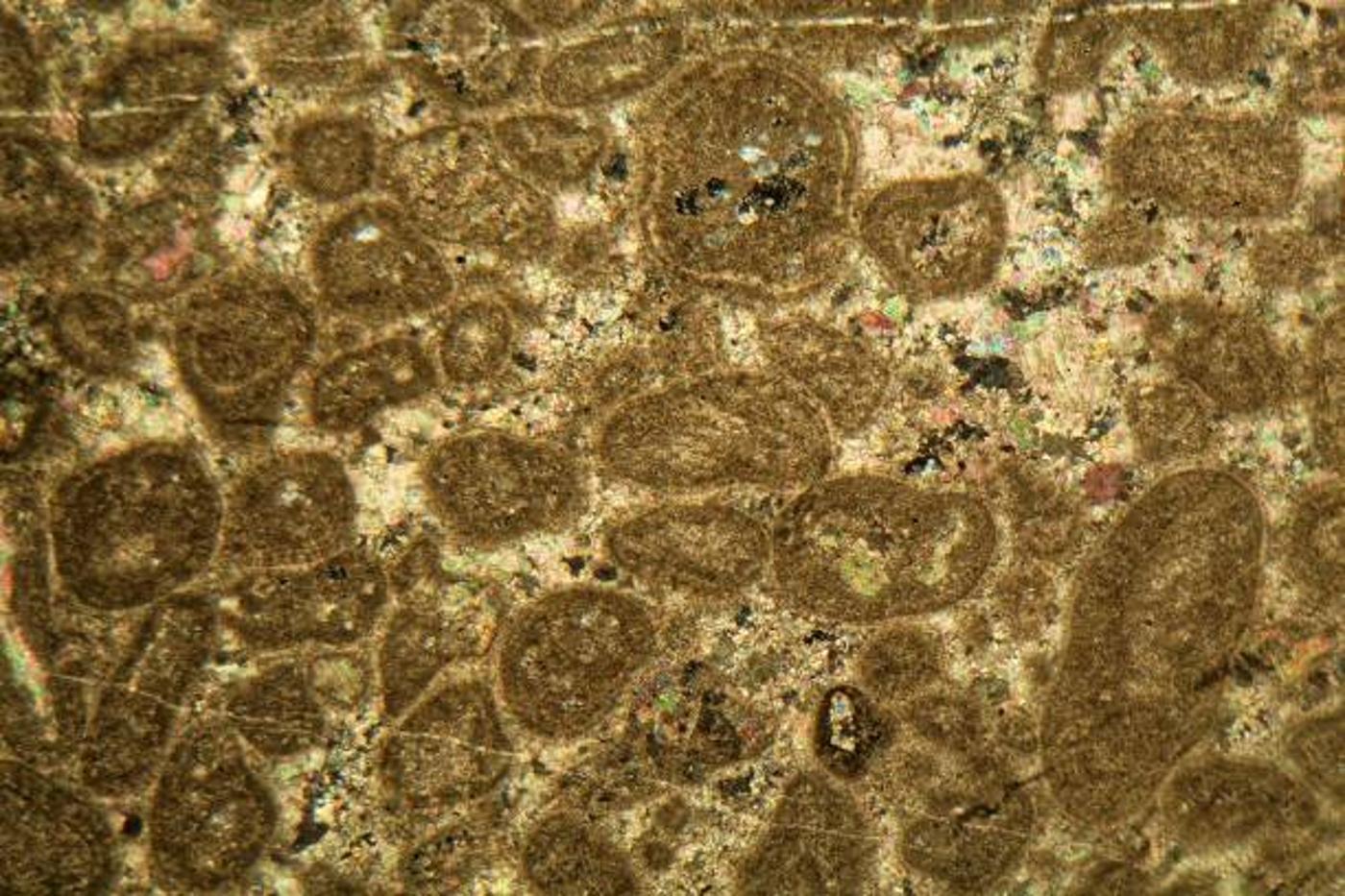
With this information in mind, scientists are thrilled to announce that they believe they have finally found the earliest evidence of photosynthesis on the planet.
In a study published in Nature in January 2024, researchers reported that they actually found examples of photosynthesis in microfossils in an ancient rock formation from about 1.75 billion years ago.
Looking for Evidence of the Great Oxidation Event in Australia
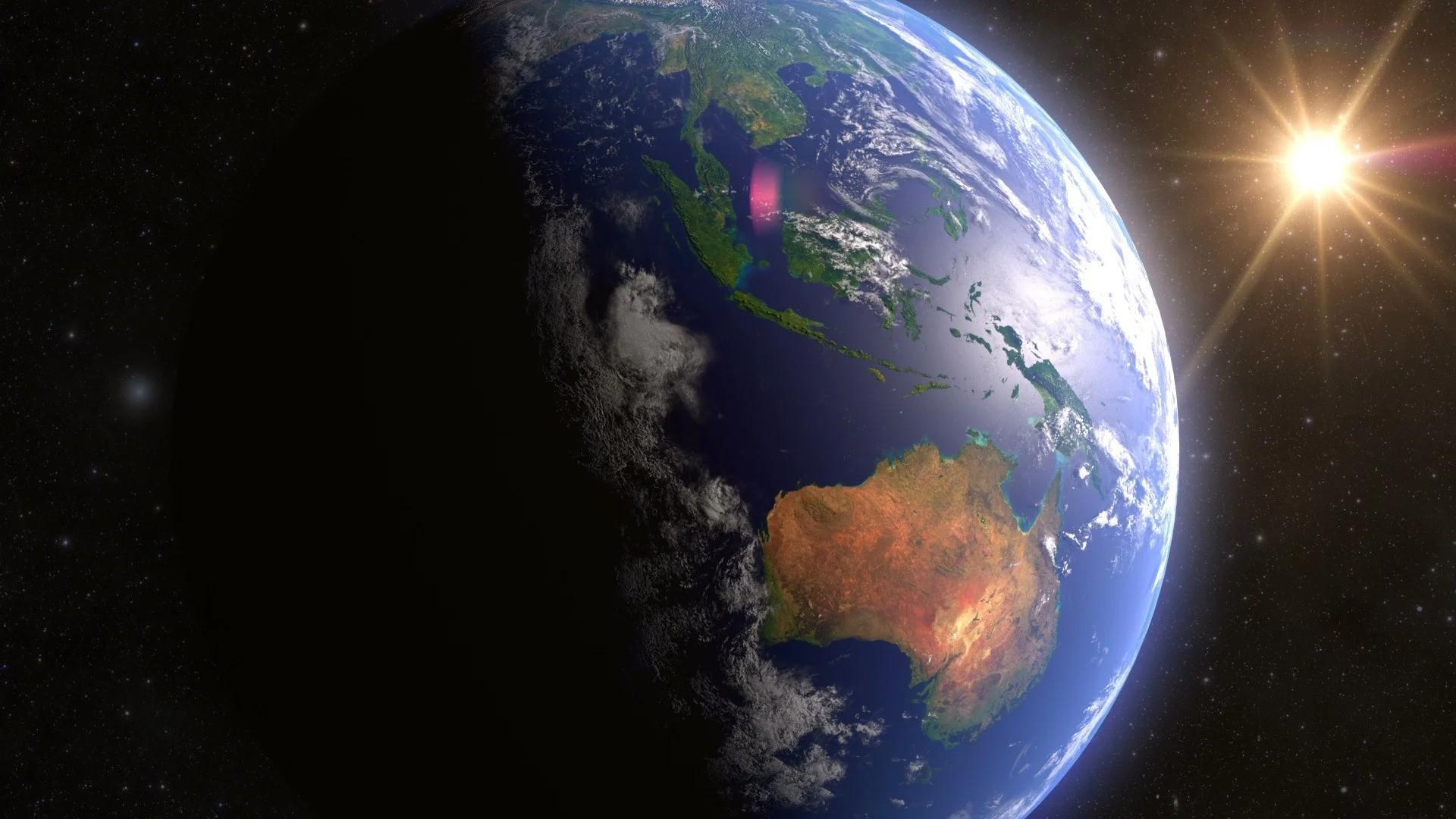
The team of researchers who wrote the study analyzed microfossils from rocks within the ancient McDermott Formation in northern Australia.
Specifically, they were looking for evidence of the Great Oxidation Event, which they believed occurred some 2.4 billion years ago.
What Is the Great Oxidation Event?

The Great Oxidation Event is just a theory, but it argues that photosynthesis and a drastic increase of oxygen would have jump started life on Earth.
Many scientists believe that finding evidence to support this theory would change the way humans understand life on our planet and every other.
Finding Evidence of Photosynthesis 1.75 Billion Years Ago
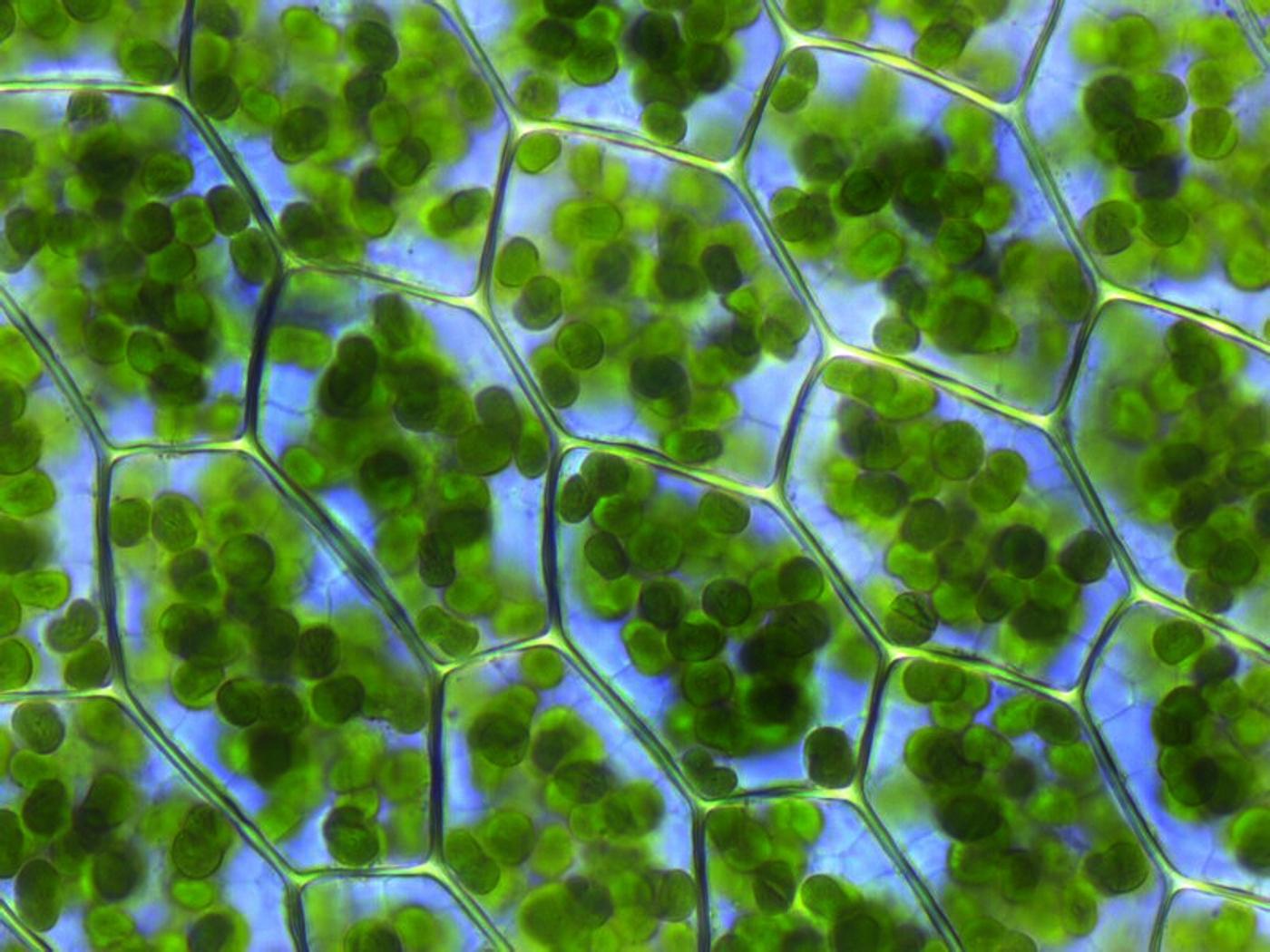
Which is why it’s almost unbelievable that while analyzing the microfossils, these researchers found almost exactly what they were looking for: chlorophyll.
Chlorophyll is responsible for the green color of plants and algae; it’s also the element that allows plants to perform photosynthesis. In other words, the researchers found evidence of photosynthesis on Earth around 1.75 billion years ago.
Understanding How Microfossils Prove the Inception of Life
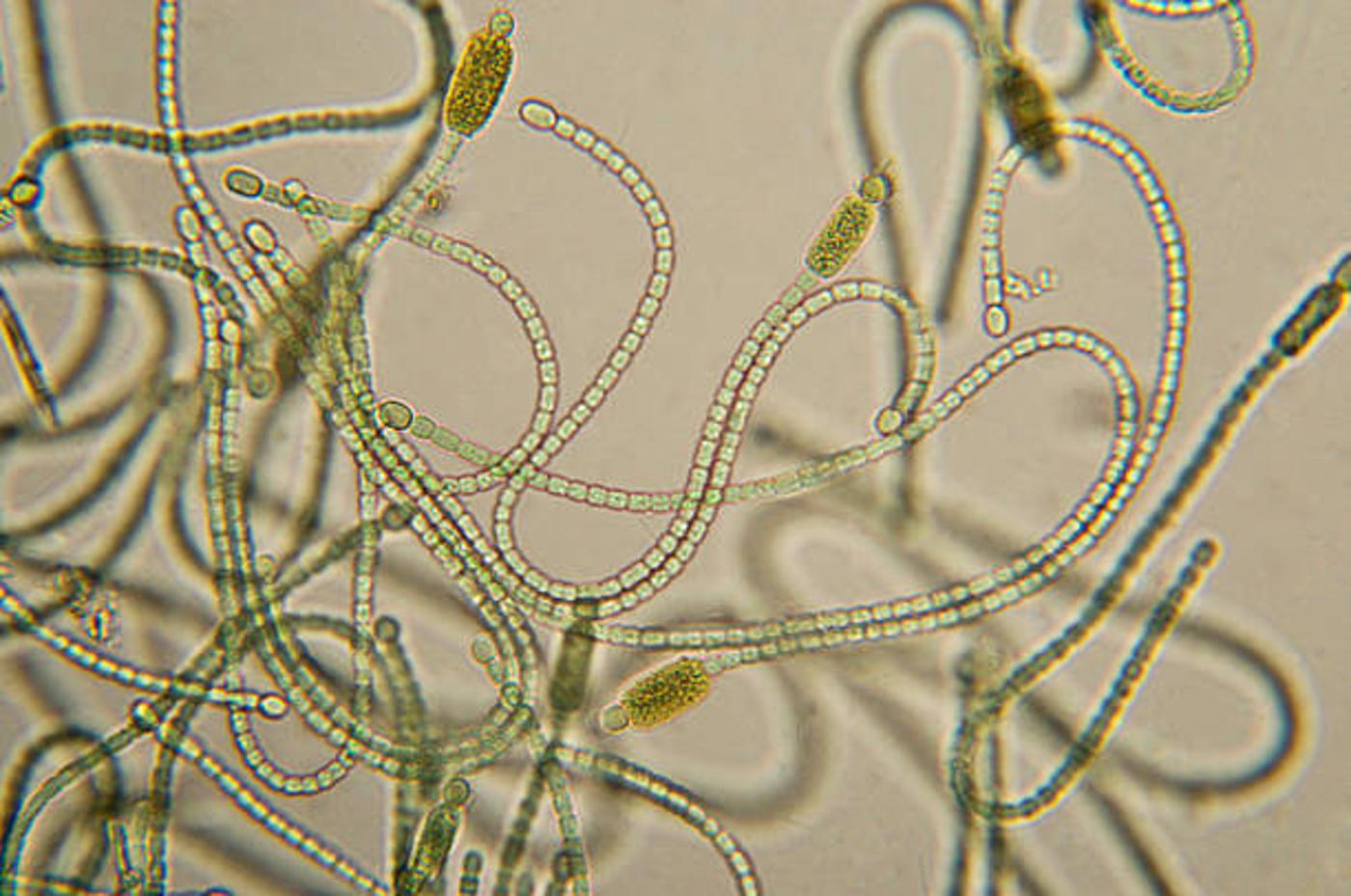
The microfossils that showed evidence of chlorophyll were remnants of organisms known as cyanobacteria. Experts have long believed that these organisms have lived on Earth for more than 3.5 billion years, although the oldest confirmed fossil is from just 2 billion years ago.
Scientists understand that, at some point, the cyanobacteria evolved to be able to practice photosynthesis, thus spearheading the evolution of life. However, they never fully understood when this occurred.
The Organisms Would Have Developed Photosynthesis Cells
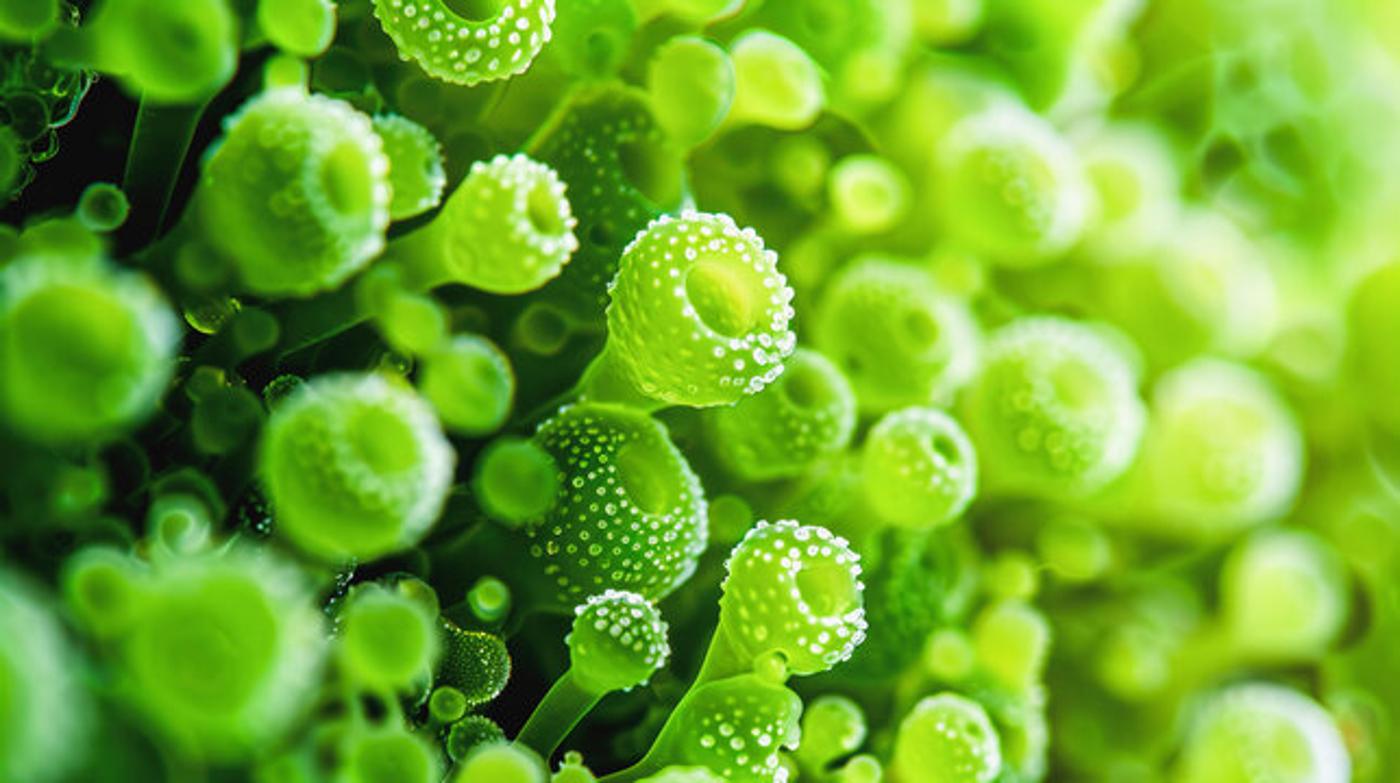
Scientists know that cyanobacteria would have needed thylakoids, or cell structures where photosynthesis occurs, to have been able to use photosynthesis. And when they found the chlorophyll, they also found thylakoid structures.
The researchers argue that this proves, beyond a reasonable doubt, that photosynthesis was occurring on Earth at least 1.75 billion years ago. Therefore, the Great Oxidation Event likely happened at least that long ago.
Further Research Needs to Be Conducted

Although this finding is unquestionably big news within the scientific community, the researchers understand that much more research needs to be conducted to say with absolute certainty that their assumed timeline is correct.
The team that studied the microfossils in Australia says their next task is to examine other ancient fossils from around the world to see if they can find evidence of chlorophyll around the same time or even before.
The First Oxygenic Photosynthesizers
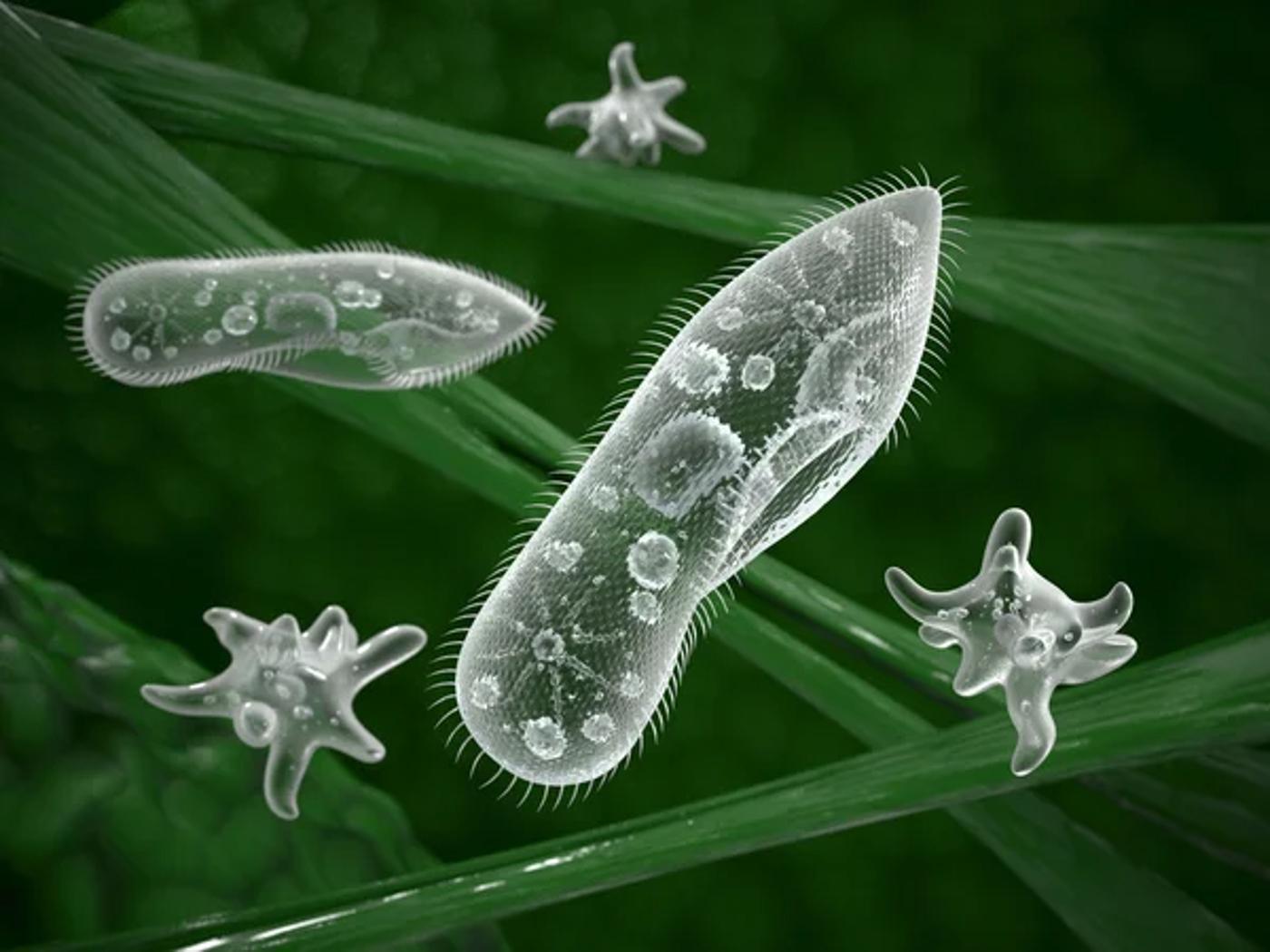
The authors wrote in the paper, “[This discovery] allows the unambiguous identification of early oxygenic photosynthesizers and a new redox proxy for probing early Earth ecosystems, highlighting the importance of examining the ultrastructure of fossil cells to decipher their paleobiology and early evolution.”
They also said, “We predict that similar ultrastructural analyses of well-preserved microfossils might expand the geological record of oxygenic photosynthesizers and of early, weakly oxygenated ecosystems in which complex cells developed.”
Could There Be Life on Other Planets?
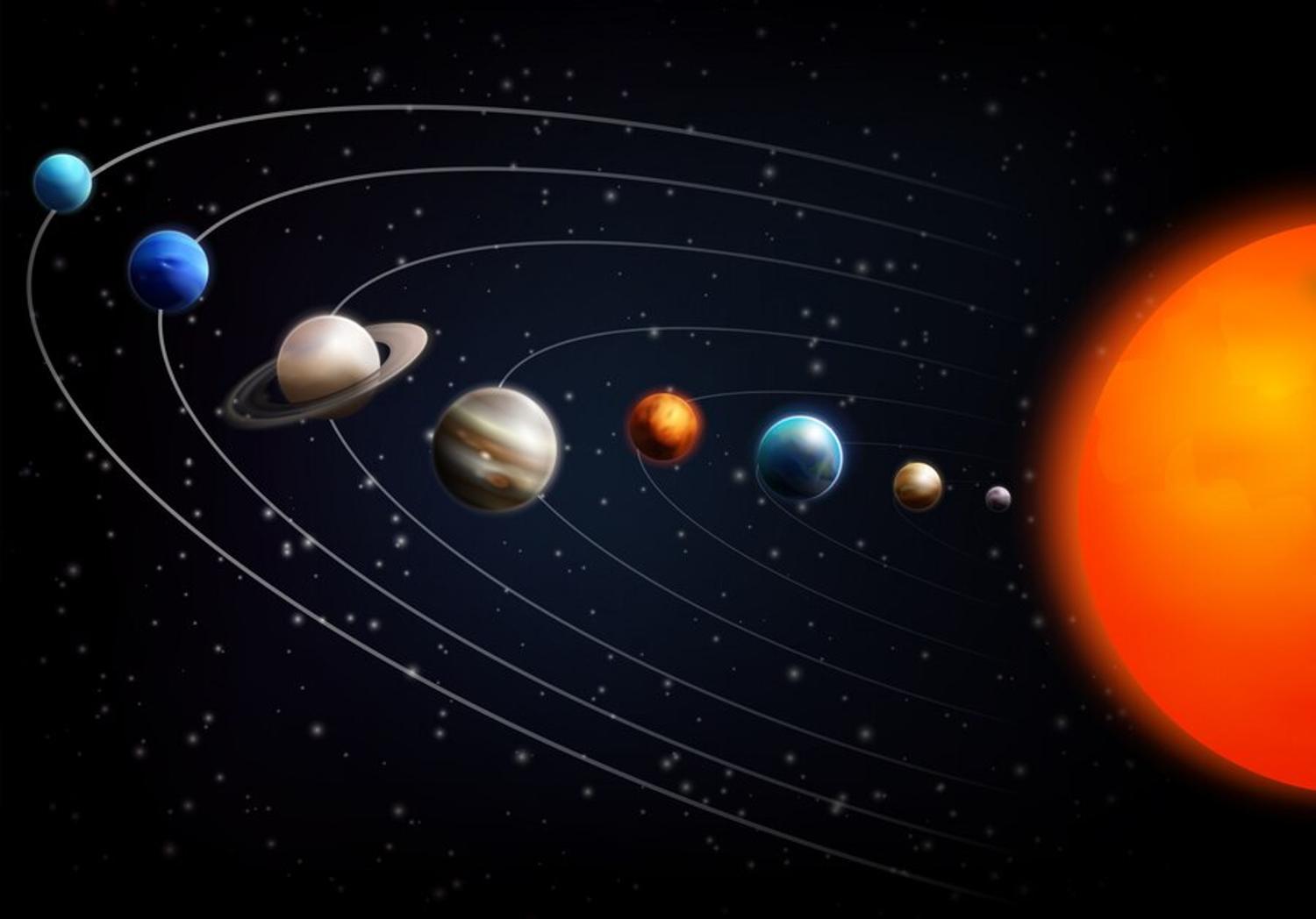
While finally finalizing the timeline and actual beginnings of life on planet Earth would change life as we know it, it will also enable scientists to better understand how life could have or maybe will develop on other planets, too.
Continued extensive research into ancient microfossils on Earth may allow scientists to finally answer the two biggest mysteries of all time: How did life begin and evolve to where it is today, and is there life on other planets?








































